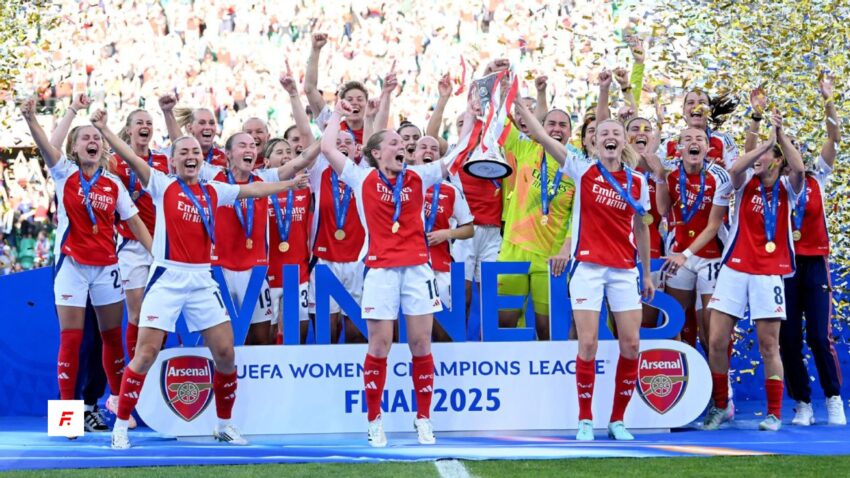🎯 TL: DR; WSL to expand to 14 teams from 2026/27 season
- WSL to expand to 14 teams from 2026/26
- Promotion/Relegation will be upped to two teams: Two clubs will be promoted into the WSL and two will be relegated
- Playoffs to be introduced from 2026/27
WSL to expand to 14 teams from 2026/27 season, in a major milestone of just how the league is continuing to grow. With more money coming in, WSL profits growing, and attendance and viewership growing, the WSL keeps taking steps forward – make sure you get yourself to a game next season to continue supporting the growth of the game.
⚙️Main Sections & Key Points
- WSL Expansion (2026–27)
- The top flight will grow from 12 to 14 teams.
- Two promotion spots: the top two from Championship go up; 3rd place faces a play‑off with 12th‑placed WSL club.
- From then on: 13th plays a relegation play‑off; 14th team drops straight down.
- FA & Club Approval Needed
- The plan was passed by clubs on Monday, now awaiting FA sign‑off.
- Rationale & Financial Upside
- Aims to raise standard, create a clearer structure, and incentivise investment across women’s football.
- Deloitte forecasts WSL revenues reaching £100m in 2026, fuelled by fan strategies, commercial deals, and central funding.
- Business Perspective
- Jennifer Haskel from Deloitte links growth to viewing women’s teams as distinct brands, driving tailored initiatives.
- Recent investment: Alexis Ohanian (Reddit co-founder) bought 10% of Chelsea Women for £20m – valuing the club at £200m.
🚺 Spotlight
- More teams = more opportunity
- A larger league gives rising clubs like Newcastle, Sunderland, and Southampton a real shot at top-flight status. It promises wider fan reach and community engagement.
- Promotion and play-offs = drama
- The introduction of a play-off adds late-season excitement and keeps mid-table clubs fighting until the end—raising stakes and interest.
- Raising standards league-wide
- With new revenue targets and commercial growth, even smaller clubs must improve infrastructure, coaching, and fan experience to stay competitive—boosting the entire pyramid.
- Investment spotlight
- High-profile ownership, like Ohanian’s £20m stake, shows increasing confidence in the WSL as a stand-alone brand, not just a sister side to men’s teams.
🎯 What This Means for Fans (and the Game)
- More local stories – Fans of rising clubs can now dream of top‑flight fixtures and high-stakes survival battles.
- Consistent engagement – More teams means more fixtures, local derbies, and chances to watch live action.
- Commercial growth – As more money flows in, expect better broadcast deals, merchandise, and sponsorships specifically for women’s clubs.
- Higher standards – Clubs will need to professionalise further—from playing surfaces to coaching staff and marketing.
🔍 Visual Snapshot
WSL Format: Pre‑ vs Post‑Expansion
| Season | Teams | Promotion Spots | Relegation Spots | Play-off Involvement |
|---|---|---|---|---|
| 2025–26 | 12 | 1 | 1 | No |
| From 2026–27 | 14 | 2 (+1 via play‑off) | 1 (+1 via play‑off) | Yes |
🧭 Final Whistle
This expansion is a statement: the WSL is serious about growth, visibility, and competition. By increasing teams and stakes, the league looks to build a deeper, more engaging competition on every front. For fans—old and new—2026‑27 could mark the beginning of a watershed moment in women’s football.
